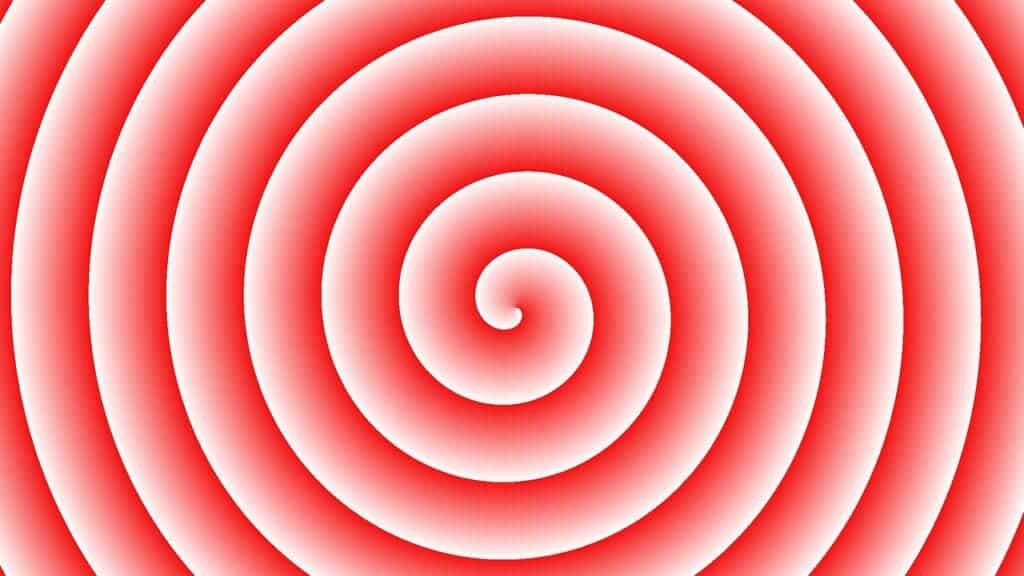
If you’ve ever experienced a trance-like state, whether it was at a concert or listening to a good story, you may have been effectively hypnotized for a few brief moments. Some psychotherapists actively employ hypnosis as a tool to guide patients into a deep state of relaxation, which can make them open to suggestions that bring them closer to their therapy goals.
Hypnosis is rather misunderstood, generally conjuring images of swaying pocket watches and people acting like clucking chickens. However, although controversial, genuine hypnotherapy is no cheap parlor trick, with studies showing that it can be an effective method for coping with stress and anxiety in some patients.
Myth versus the reality of hypnosis
During hypnotherapy, a trained psychotherapist attempts to guide the patient into a relaxed but highly focused mental state using various techniques, including verbal cues and repetition. For instance, the hypnotherapist may first use a gentle, soothing tone while describing images to induce a sense of relaxation, safety, and well-being. Once in a receptive state, the therapist may describe vivid, mental images of the patient accomplishing their goals. It’s a myth that a person under hypnosis loses control or doesn’t remember anything after the session. Patients generally remain aware throughout the session and remember what happened afterward.
Hypnosis-like practices have existed for centuries in many cultures around the world, ranging from Native North American medicine to shamanism in Siberia. In the Western world, hypnosis went through a rocky start in the late 18th and 19th centuries with the notable exploits of German physician Franz Mesmer, from whom the term ‘mesmerize’ originates.
Mesmer was the founder of a pseudoscience movement that held the notion that disease resulted when the flow of the invisible fluid through the body became blocked because of “animal gravitation”. Mesmer would use hypnosis techniques on his patients, but after some apparent breakthroughs at treating certain nervous diseases, he was accused of fraud and mesmerism slowly faded away.
Later on, there was a boom in stage hypnosis, in which performers touring Europe and the U.S. would claim they could compel participants to impersonate a chicken, become stiff as a board, or witness the apparition of the Virgin Mary. Around the same time at the turn of the 20th century, hypnosis was the centerpiece of various scandals, including the suspicious death of 22-year-old Ella Salamon in the company of an occultist in a remote Hungarian castle.
As such, hypnosis has developed a bad reputation which has caused legitimate physicians to distance themselves. But in more recent decades, hypnosis has reinvented itself and there is now a growing body of scientific literature supporting its clinical efficacy for some conditions, and thanks to its relaxing properties, treatment for anxiety and panic attacks is often at the forefront of this type of therapy. I’m of course referring to clinical hypnosis and not dubious practices employed by unlicensed laypeople.
“Hypnotic trance is a relaxed state where limiting beliefs and fears can be reframed,” said Eli Bliliuos from the NYC Hypnosis Center.
Hypnosis for treating anxiety
Still, the actual medical, scientific field of hypnotherapy has grown quite steadily. The number of scientific papers mentioning the approach is growing, the number of practitioners is growing, and it’s sometimes even incorporated into online therapy.
According to a 2017 meta-analysis of 20 studies, hypnosis was found to significantly improve anxiety symptoms in cancer patients. Another meta-analysis from 2019 incorporating 15 studies concluded that hypnosis reduced the anxiety levels of patients by 79%, on average, compared to controls who didn’t receive this intervention. And a more recent 2020 study found evidence that a “15-minute hypnosis intervention” can lead to immediate improvement of anxiety in severe chronic obstructive pulmonary disease (COPD) patients. This hypnotherapy for anxiety works best when combined with other licensed interventions, such as cognitive behavioral therapy and exposure therapy.
These effects are likely owed to the relaxing and calming state induced by hypnosis. In a 2016 study, researchers at the Stanford University School of Medicine scanned the brains of 57 patients undergoing hypnosis, reporting changes in brain activity in areas involved in emotional control and feelings of self-consciousness. This suggests that hypnosis may indeed provoke a physical response in the brain, one that’s stronger than a placebo.
However, hypnosis may not be effective for everyone. According to Dr. Vince Polito from Macquarie University’s Department of Cognitive Science, “research consistently shows that about 15% of the population is highly hypnotizable,” meaning they are responsive to a set of procedures, such as what’s known as ‘induction’ (fixating on an object, imagining something with the mind’s eye), followed by ‘suggestion’. Another 15% of people are considered highly resistant, meaning it’s almost impossible for them to attain a hypnotic state, while the rest of 70% of people lie somewhere in the middle.
“A hypnotic induction is anything that the person being hypnotized accepts and believes in as an induction,” Irving Kirsch, associate director of placebo studies and lecturer in medicine at Harvard Medical School, told The Sydney Morning Herald.
Despite the pervasive myths, hypnosis is far from a fringe movement, as many reputable psychologists at leading universities across the world are now experimenting with it to treat conditions — and not just anxiety, but also pain, irritable bowel syndrome, PTSD, insomnia, and even addiction. However, Kirsch views hypnotherapy as more of an adjunct to other conventional therapies, adding to these treatments and making them more effective. This is why reputable hypnosis societies will only train people who are licensed, clinical psychologists or medical doctors — and stay away from pseudoscience.


